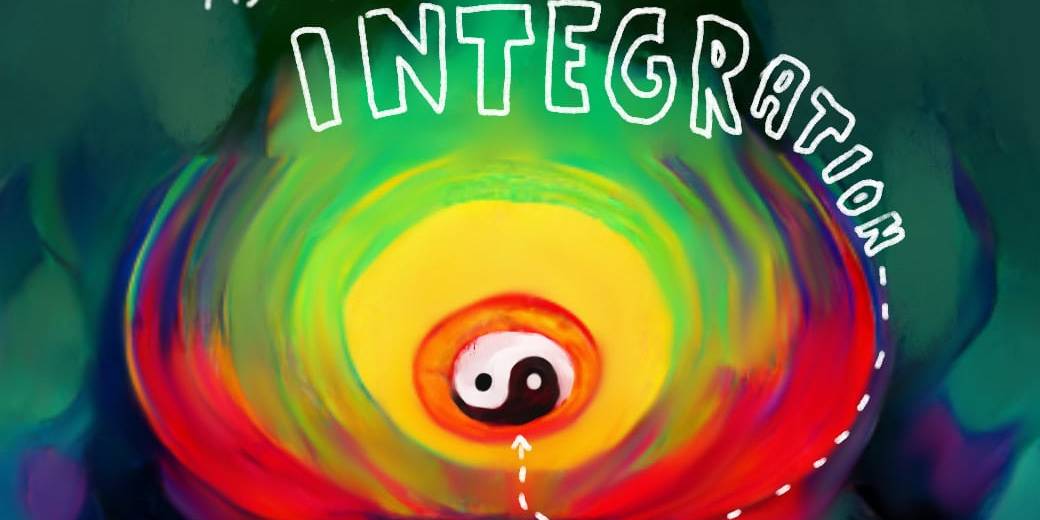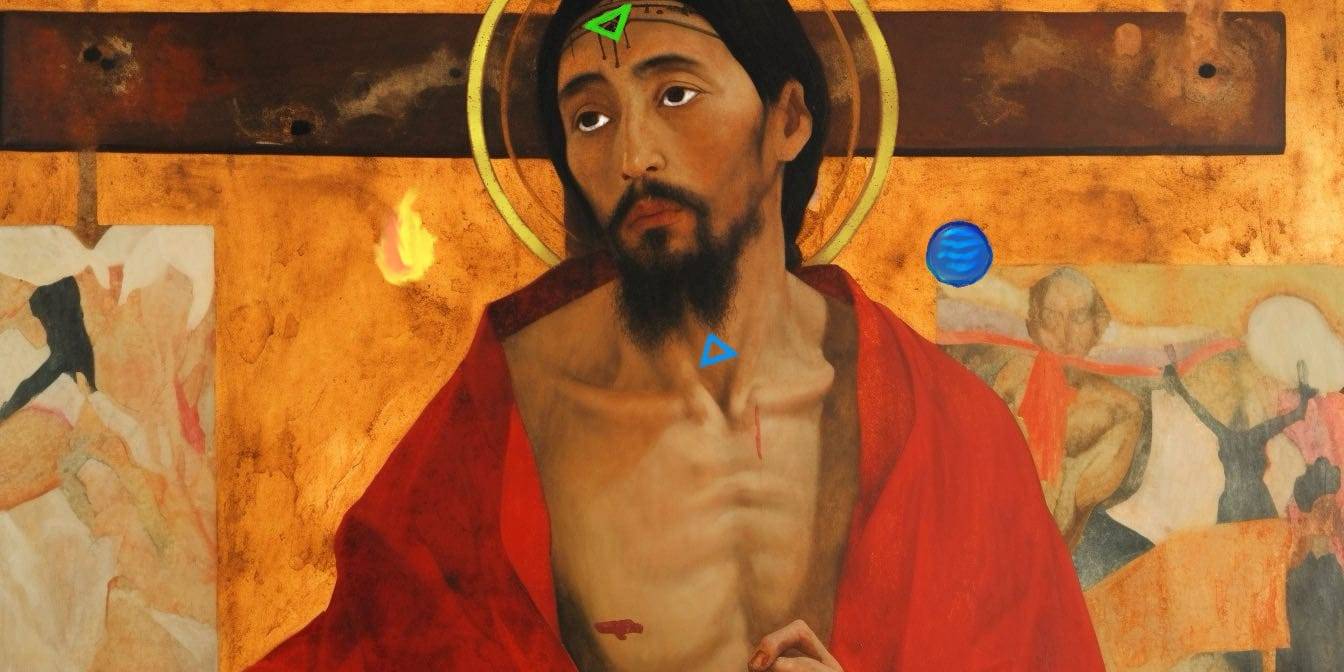The perspective of sacredness: The key to relating to the world

"Sacredness is not about elevating something above us, but about recognizing the sacredness that permeates the entire universe."
Sacredness is a key concept that helps us shift from a worldview based on separation and hierarchy to one rooted in unity and interconnectedness—a transformation that begins within and extends to everything and everyone we encounter.
In many indigenous perspectives, sacredness is about recognizing the interconnectedness of all life and the mutual respect and gratitude that come with it. For example, the buffalo is revered as a sacred animal by American Indians. The relationship between them was deeply spiritual and symbiotic. For many tribes, such as the Sioux, Cheyenne, and Blackfoot, the buffalo was not just a vital source of food, clothing, and tools, but also a sacred gift from the Great Spirit, an all-encompassing force that existed in everything, both living and non-living. The Lakota people referred to the Great Spirit as Wakan Tanka, meaning “Great Mystery” or “Great Incomprehensibility,” emphasizing the sacredness and interconnectedness of all life.

In contrast, hierarchical perspectives often impose respect and gratitude based on dependency, creating a sense of separation where one gives and the other receives. This transactional approach can lead to feelings of lowliness, dependence, and division, reflecting an inner disconnect and creating competition rather than connection.
Sacredness, in its true essence, dissolves these divisions. It’s about recognizing the divine spark and inherent value in ourselves and all things, nurturing a sense of unity and mutual appreciation. Sacredness is neither ordinary nor supreme; it’s a natural state of being that embraces the polarities of existence, leading to a sense of completeness and wholeness.

Many traditional and religious views see sacredness through a hierarchical lens, elevating certain objects or concepts as deserving special reverence. However, this perspective can subvert the genuine meaning of sacredness, turning it into a tool for maintaining status and resisting change.
Etymologically, the word “sacred” comes from the Latin “sacer,” meaning “holy” or “consecrated.” The related word “holy” in Proto-Germanic (“*hailaga-”) means wholeness and health. The act of making something sacred, “consecrare” (from “con-,” meaning “together,” and “sacrare,” meaning “to make sacred”), suggests that sacredness, in its original sense, is about reconnection and wholeness—making us whole through recognizing our deep connection to all things. Not by elevating anything above us, but by recognizing the sacredness that permeates the entire universe, we are inspired to awe, gratitude, and compassionate connection.
"True happiness and fulfillment lie in how we relate to the world. Relating in a sacred way isn’t about surrendering to a higher power but about appreciating our intrinsic connection to it."

When we begin by relating to our own inner essence as sacred, this sense of sacredness naturally reflects outward, allowing us to perceive everything we encounter as sacred too. This shift dissolves boundaries, reduces defensiveness, and opens the door to deeper, more meaningful connections.
True happiness and fulfillment lie in how we relate to the world. Relating in a sacred way isn’t about surrendering to a higher power but about recognising that we are “that” higher power as everythin else is, too. It’s like the difference between growing up in a family defined by mistrust versus one grounded in unconditional love and trust. In the latter, there’s a sense of togetherness, security, and appreciation that fulfills our deepest human desires.
This deep connection is something we all seek, often shaped by the environment in which we grew up. From generation to generation, we pass on ways of relating to the world—whether through hierarchy and separation or sacredness and interconnectedness. Even if you were raised in an environment lacking this sense of sacredness and unconditional acceptance, you can still find it within yourself. By reconnecting with your inner essence and recognizing its sacredness, you transform your perception of the world.
As you cultivate this inner sacredness, it begins to shape the world around you, turning it into a sacred space as well. This internal shift reshapes how you relate to everything and everyone, revealing the true value of our existence—a life rooted in genuine connection, where we are not isolated but deeply intertwined with all of creation. The sacredness you develop within yourself becomes the foundation for a world where interconnectedness and unconditional love are the norm.
You may also like
Astrological Integration – Unlocking the secret identity of sister signs
In astrology the twelve zodiac signs form six pairs of…
The End of an Era: Pluto’s Transit from Capricorn to Aquarius
As Pluto's long and tumultuous journey through Capricorn…
What is authentic spirituality?
What is the quality of a spiritual practitioner, I asked…




